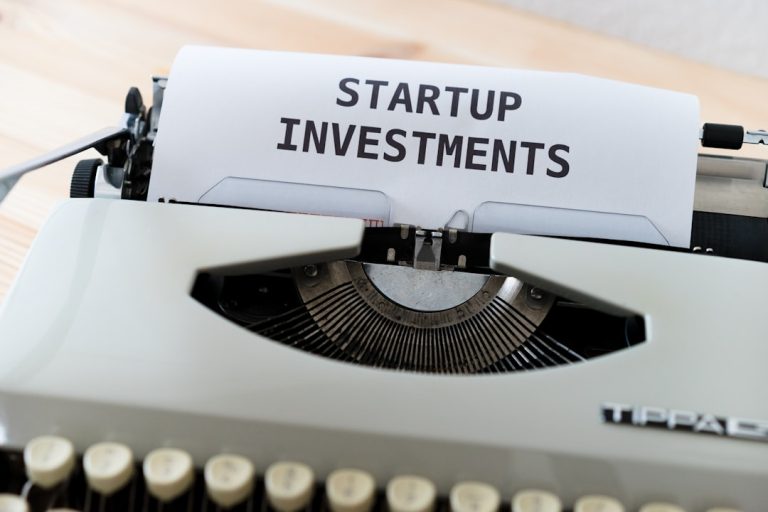Learn how manufacturers can qualify for §45X tax credits, navigate the application process, and maximize their incentives in 2025.
Introduction
In 2025, the §45X tax credit stands out as a pivotal financial incentive for manufacturers focusing on clean energy components. As global emphasis on sustainability and renewable energy intensifies, understanding §45X tax credit eligibility becomes crucial for manufacturers aiming to capitalize on these opportunities. This guide delves into the intricacies of §45X tax credits, offering manufacturers a comprehensive roadmap to navigate the application process and maximize their benefits.
Understanding §45X Tax Credit Eligibility
What is the §45X Tax Credit?
The §45X tax credit, established under the Inflation Reduction Act (IRA), is designed to incentivize domestic manufacturing of specific clean energy components and critical minerals. Officially known as the Advanced Manufacturing Production Tax Credit (AMPTC), §45X rewards manufacturers based on the volume of eligible products they produce. This credit not only fosters growth within the domestic manufacturing sector but also promotes sustainability by supporting the production of essential clean energy technologies.
Eligible Products and Technologies
To qualify for §45X tax credit eligibility, manufacturers must produce one or more of the following:
- Solar Energy Components: Includes solar modules, photovoltaic cells (both thin film and crystalline), solar-grade polysilicon, torque tubes for solar tracking devices, structural fasteners, and polymeric backsheets.
- Wind Energy Components: Encompasses blades, nacelles, towers, offshore wind foundations (both fixed and floating platforms), and offshore wind vessels.
- Inverters: Covers central, commercial, distributed wind, microinverters, residential, and utility inverters.
- Battery Components: Includes electrode active materials, battery cells, and battery modules.
Additionally, facilities involved in refining or recycling critical minerals, as defined by the U.S. Department of Energy, Department of the Interior, and the U.S. Geological Survey, are also eligible. These critical minerals encompass essential elements such as aluminum, chromium, graphite, magnesium, manganese, nickel, tin, titanium, zinc, and zirconium.
Domestic Manufacturing Requirements
For a product to meet §45X tax credit eligibility, the manufacturing process must involve the substantial transformation of inputs into a complete and distinct eligible component. This means that mere minor assembly or superficial modifications do not qualify. For instance, assembling battery modules from pre-made cells without altering their structure would not meet the criteria. However, integrating cells into a new module with original wiring constitutes a substantial transformation, thereby qualifying for the credit.
Moreover, while the finished goods must be produced in the United States, the subcomponents or constituent elements do not need to be domestically sourced. Unlike other clean energy tax credits, §45X does not mandate prevailing wage and apprenticeship requirements.
Contract Manufacturing Arrangements
§45X tax credit eligibility also extends to contract manufacturing arrangements. These arrangements involve agreements for the production of eligible components to specific standards set by the IRS. For example, a U.S. solar company contracting a third-party manufacturer to produce custom solar materials under defined specifications qualifies as a contract manufacturing arrangement. It’s essential to document which entity claims the §45X credits within such agreements to ensure compliance and avoid disputes.
Application Process for §45X Tax Credits
Pre-Filing Registration
Manufacturers aiming for §45X tax credit eligibility must undergo a pre-filing registration process with the IRS. Initiated in December 2023, this process requires companies to provide basic facility information. The IRS recommends allowing up to 120 days for processing, though it can be expedited. Upon completion, manufacturers receive a registration number essential for any subsequent tax credit transactions or direct pay filings.
Calculating §45X Tax Credit Value
The value of the §45X tax credit is determined based on the production volume of eligible components. There are three primary methods to calculate the credit rate:
- Production Volume Based on Size or Weight: For example, solar-grade polysilicon qualifies for a $3/kg credit, while solar wafers earn $12 per square meter.
- Volume Based on Electrical Capacity: A solar panel might qualify for $0.07 per watt.
- Percentage of Production Cost: Typically applied to critical minerals, this method offers 10% of the production cost as a credit.
To determine the total credit value, multiply the applicable credit rate by the production volume. It’s noteworthy that while most manufactured goods see a phase-down of the AMPTC’s credit value starting in 2030, critical minerals remain unaffected by this phaseout.
Documenting and Selling the Tax Credit
Upon generating §45X tax credits, manufacturers have the option to either claim them through direct pay or transfer them to third parties. To sell the credit, it’s imperative to document the manufacturing process, record sales to unrelated third parties, and ensure all contractual arrangements are clear and compliant with IRS regulations. Selling credits can provide manufacturers with immediate financial benefits, enhancing cash flow and supporting further investment in production.
Maximizing §45X Tax Credit Incentives
Benefits for Manufacturers
§45X tax credits offer several advantages:
- Simplicity: Compared to other tax credits, §45X is straightforward, making the transfer and claim processes relatively easy.
- Competitive Pricing: The credit market for §45X is robust, with credits often selling close to their face value, enhancing their attractiveness.
- Quick Transactions: Many §45X credit deals are executed swiftly, allowing manufacturers to realize benefits without prolonged delays.
Risk Management
While §45X offers substantial benefits, manufacturers must be aware of potential risks:
- Eligibility Verification: Ensuring that products meet all eligibility criteria is paramount to avoid disputes or denials.
- Documentation: Comprehensive record-keeping is essential for substantiating claims and facilitating smooth transactions.
- Market Fluctuations: Credit pricing can vary based on market demand and regulatory changes, necessitating proactive management and strategic planning.
Conclusion
The §45X tax credit presents a significant opportunity for manufacturers in the clean energy sector to enhance their financial standing and support sustainable growth. By understanding §45X tax credit eligibility, navigating the application process diligently, and strategically leveraging the available incentives, manufacturers can position themselves advantageously in a rapidly evolving market. As the demand for clean energy components continues to surge, §45X serves as a pivotal tool in driving domestic manufacturing and fostering a resilient, green economy.
Get Started with Oriel IPO
Ready to maximize your investment opportunities and leverage tax incentives like §45X? Join Oriel IPO today to connect with UK startups and investors through our commission-free, tax-efficient platform.



